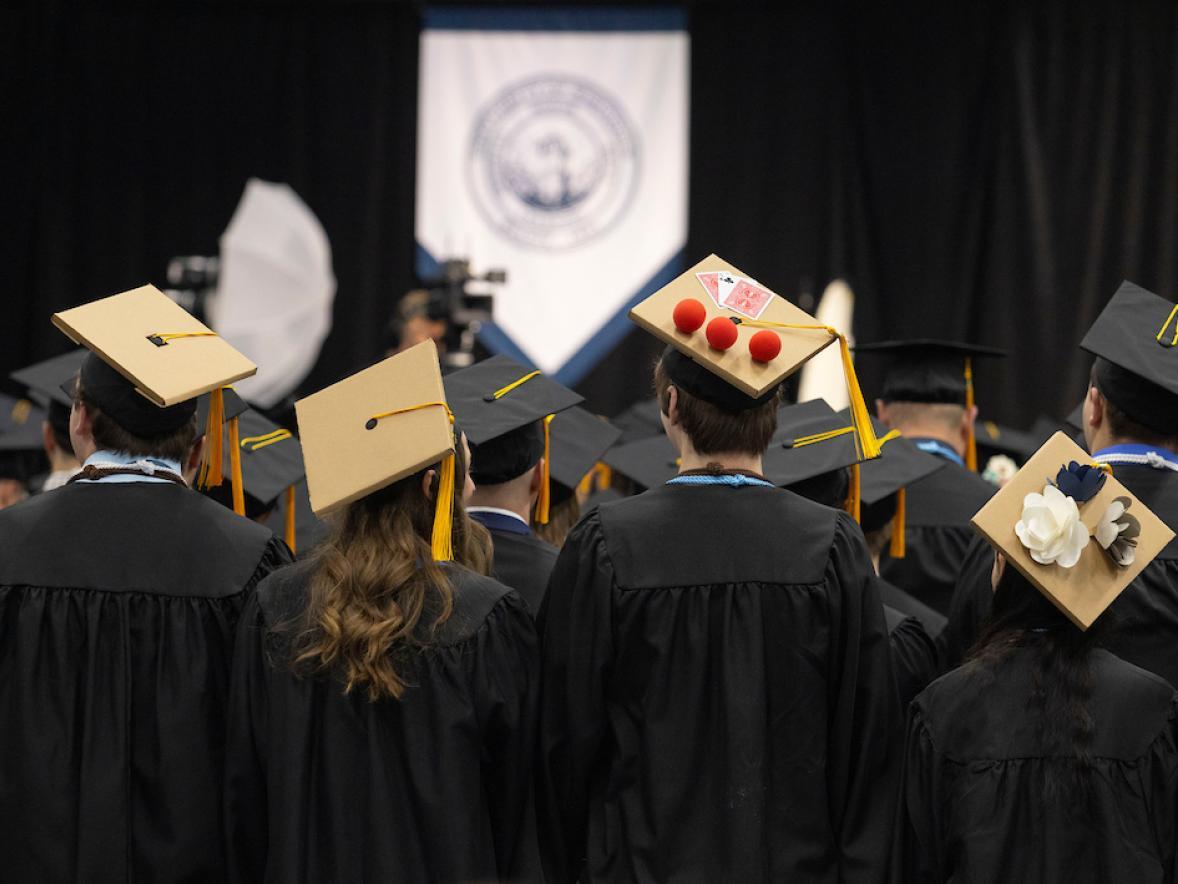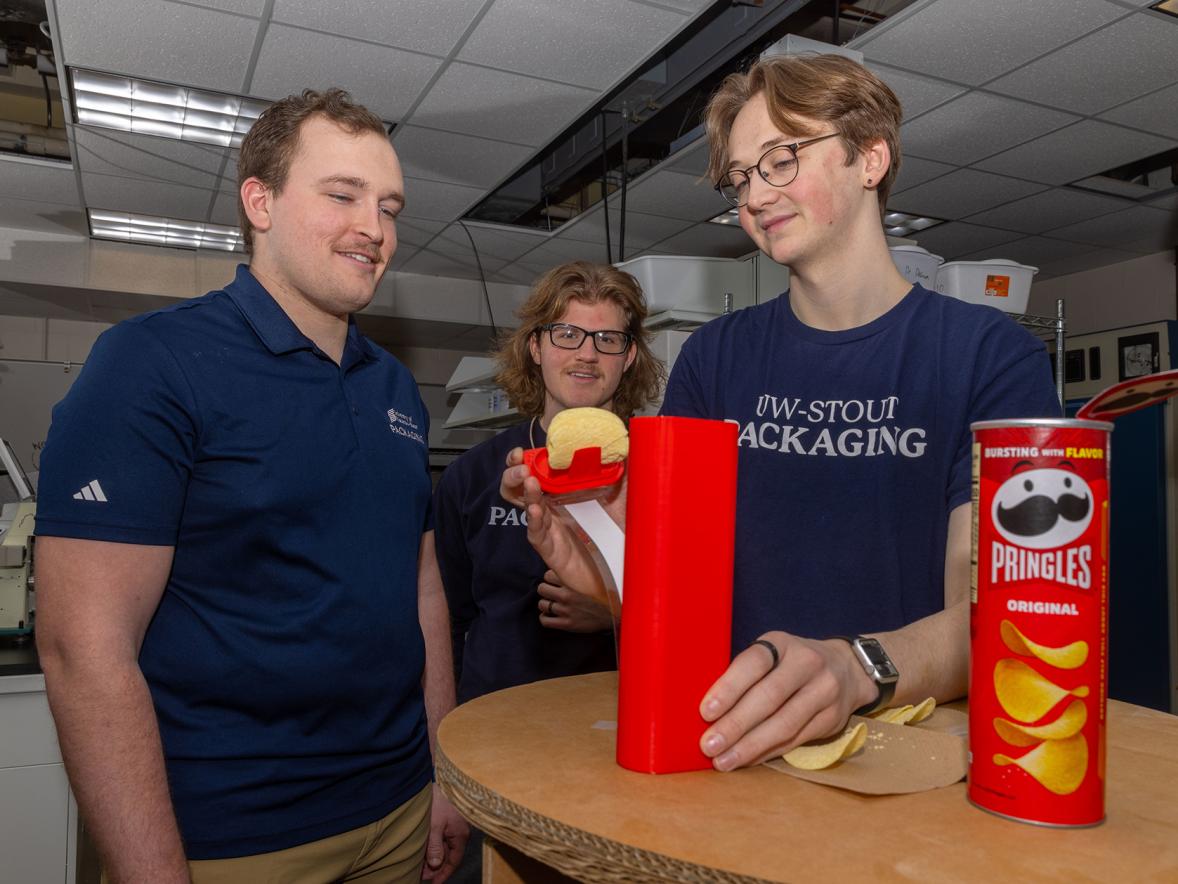UW-Stout packaging teams won first and second place in the 17th annual Flexible Packaging Association Student Design Challenge. The national contest invites students to develop a new flexible package, improve an existing package or convert a nonflexible package into flexible packaging.
But what is flexible packaging? It’s actually all around us and is used to house a wide variety of items, including food and drink, pharmaceutical products and bath and medical supplies.
Packaging students Benjamin Lindgren and Abbey Dahlseng described it as packaging that can readily change shape and that uses films, adhesives and coatings to contain and protect a product.
Student Design Challenge winners are:
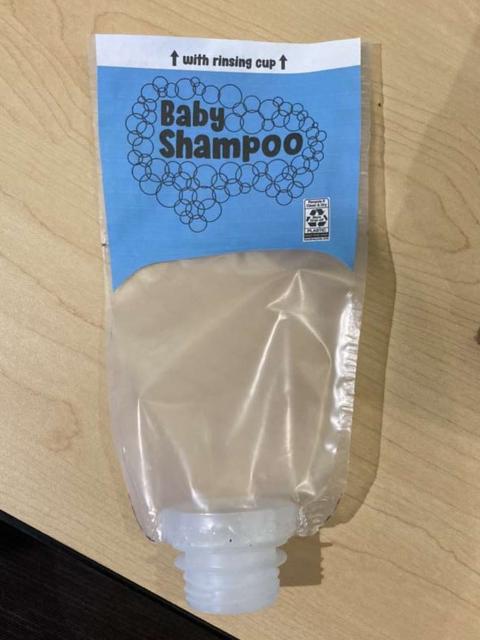
- First, Baby Shampoo and a Cup: Caylee Boone, Eau Claire; Dahlseng, Stevens Point; Liam Gallagher, St. Paul; Anna Kent, Eau Claire
- Second, Resealable Band-Assist: Connor Erwin, Eau Claire; Corey Klatt, Downing; Lindgren, Medford.
The same teams also won honorable mentions:
- Peelable and Resealable Popcorn Gusseted Pouch: Boone, Dahlseng, Gallagher and Kent
- Flexible Travel Shampoo and Conditioner: Erwin, Klatt and Lindgren.
Both teams were very excited to hear they’d won and feel honored to have their efforts recognized by industry professionals. The first place team received $1,000, and the second place team $500.
“After working on a prototype for several weeks, having it be chosen validated the amount of time and energy we put into it,” Dahlseng said.

“It showed how we stack up to other schools and how good of an education I am receiving,” Lindgren added.
San Jose State University also received an honorable mention for Running Water, an on-the-go hydration pouch.
‘Packaging is everything’
The teams entered the challenge as part of their Consumer Packaging Systems course last fall. They studied design from concept through production, including flexible packaging materials, processes and uses.
Gary Borges, lecturer in the engineering and technology department, incorporated the challenge into the lab to encourage team development and ideation skills.
“Students are demonstrating their abilities, and I proudly look toward them to be future leaders in the packaging community,” Borges said.
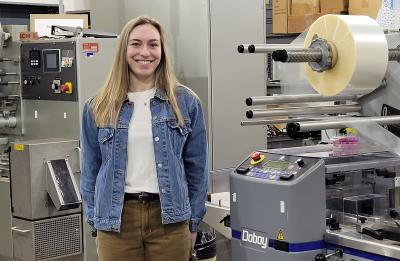
For the winning design, Baby Shampoo and a Cup, the team was inspired to reimagine a baby product after Boone learned her brother and his wife were expecting. She thought about the cup some families keep near the bathtub to rinse soap off babies.
“We wondered if it would be possible to combine that cup with the baby soap bottle. The idea seemed far-fetched when we started the project, but our team thought it was creative and had potential,” Boone said. “Most of our materials research came from the class lectures itself, so we didn’t have to do too much extensive research on our own.”
Gallagher enjoyed brainstorming ideas with his team. “The fun thing about this project was that it was basically all hands-on. Actually getting to cut out and put together everything was a challenge, but a fun one,” he said.
Dahlseng enjoys the design aspect of packaging. Her courses allow her to explore the possibilities involved. “The process of starting with a product and building a package around it, while considering materials, cost and overall appearance is interesting to me,” she said.
Borges supported the teams as needed and encouraged them to reach out to FPA for mentoring. Erwin, Klatt and Lindgren’s mentor connected them with a graphic designer from his company and an industry contact to perform a life cycle analysis of their prototypes, Lindgren said.
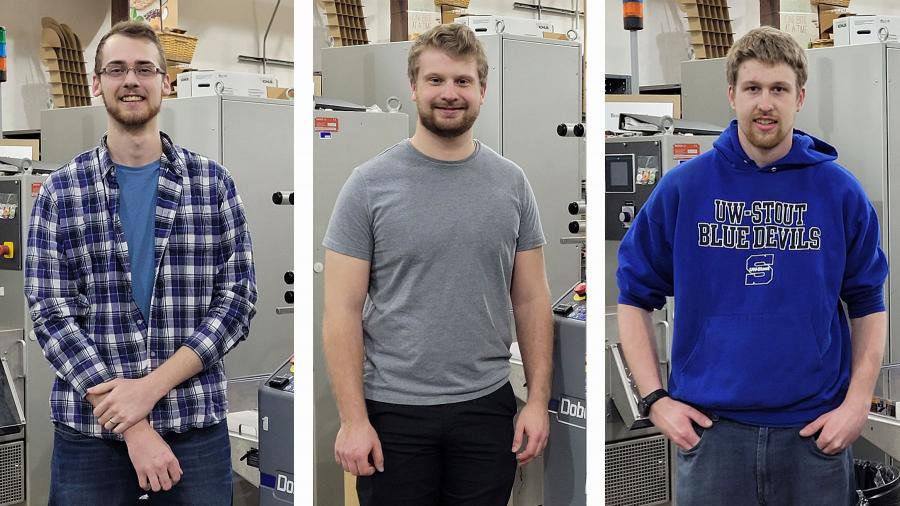
“It was a great learning experience to be able to create a package from start to finish. I was able to learn more about the process by working hands-on with my team,” Klatt said.
“Packaging is everything,” Erwin added. “We brainstormed products that we thought could be improved upon. Some products needed a better fixture to open, some needed better sustainability or usability. Our mentor and Gary guided us along the design process for how to fabricate the prototypes and why some flexible materials are better than others.”
Boone agreed. “Gary was extremely helpful. We could reach him at any time of day to ask for his opinion on what materials to use, how to fine-tune the designs and how to create the prototypes. We wouldn’t have had the success we did without his knowledge and assistance.”
Experiential learning and career goals
The university’s Career Services Cooperative Education and Internship Program partners with roughly 600 companies to support applied learning experiences for more than 1,000 students annually.
Packaging students complete co-ops working with professionals and gain industry experience at a wide range of companies, including Boston Scientific in Maple Grove, Minn.; Chainalytics in Minneapolis; Medtronic in Fridley, Minn.; and Schreiber Foods in Green Bay.
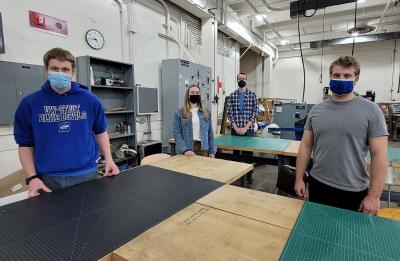
Boone chose co-ops in two industries to explore more employment options. “I think co-ops are a great learning opportunity because they prepare you to be an industry professional and teach you how to apply the knowledge you accumulated in classes. You learn a lot of things on the job that you can’t learn in the classroom. I’m very grateful Stout provides us with co-op opportunities,” she said.
Boone plans to pursue her master’s in business administration. “I hope my efforts in packaging will help reduce the negative environmental impacts of packaging, make consumers’ lives easier and produce innovative and creative packaging,” she said.
Lindgren and Dahlseng plan to work in sustainability, while Erwin is interested in medical packaging and improving the current packaging in circulation.
Packaging Program Director Robert Meisner believes there are a lot of rewards for students who enter contests. “They learn new skills, work in teams, practice attention to detail. They receive industry recognition and, sometimes, even financial rewards,” he said. “It is for these reasons I wish all students would participate in at least one design contest before they graduate.”
Student entries will be on display during the FPA annual meeting, Sept. 15-17, in Amelia Island, Fla. Entries are being accepted for the 2021 Student Design Challenge.
UW-Stout is one of only a few schools in the United States, and the only school in the UW System, that offers a bachelor’s degree in packaging. There are more than 28 packaging scholarships available through the University Foundation.
UW-Stout also offers a Dual Level program plan that provides packaging students the opportunity to apply for their master’s in operations and supply management.





